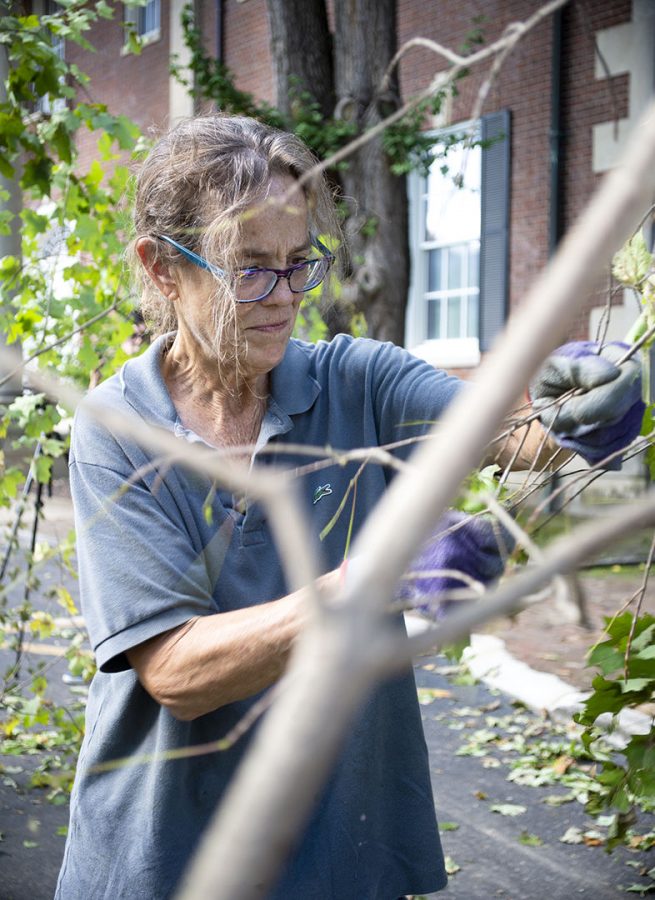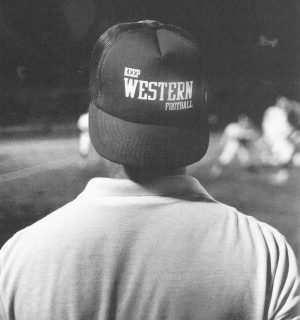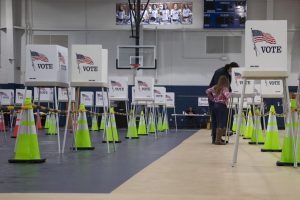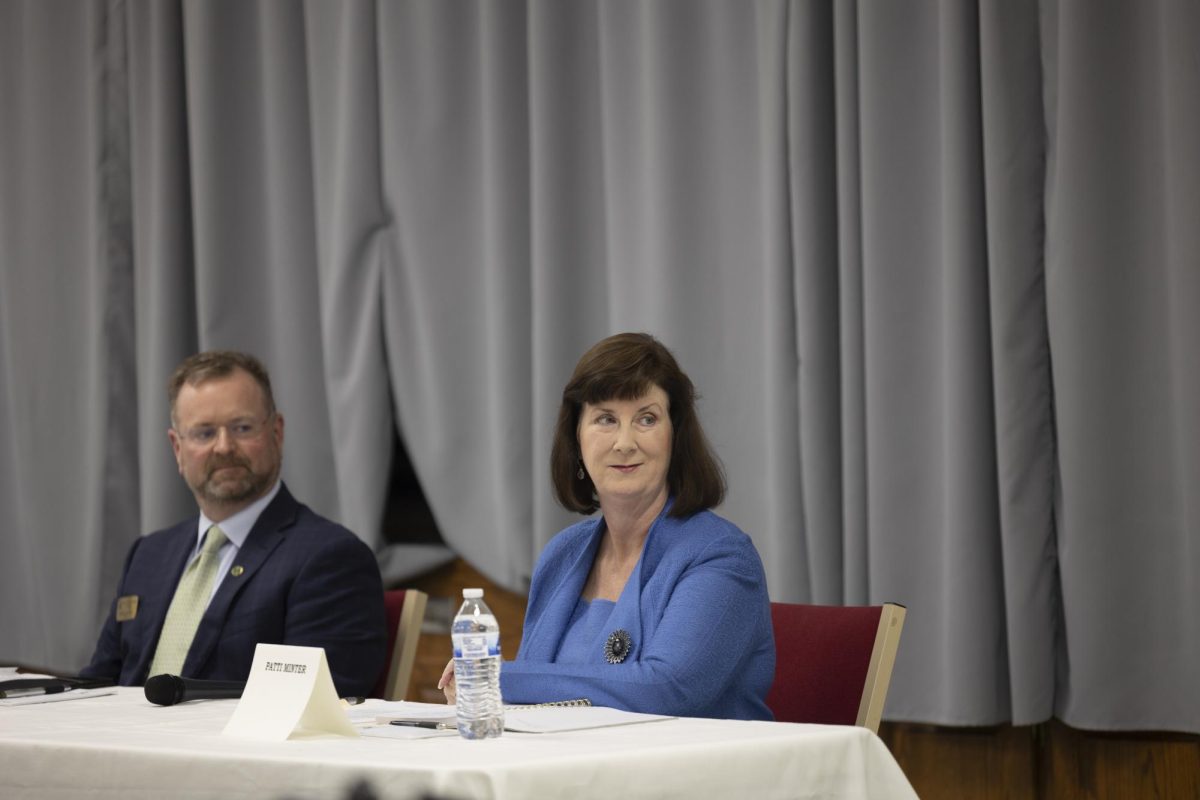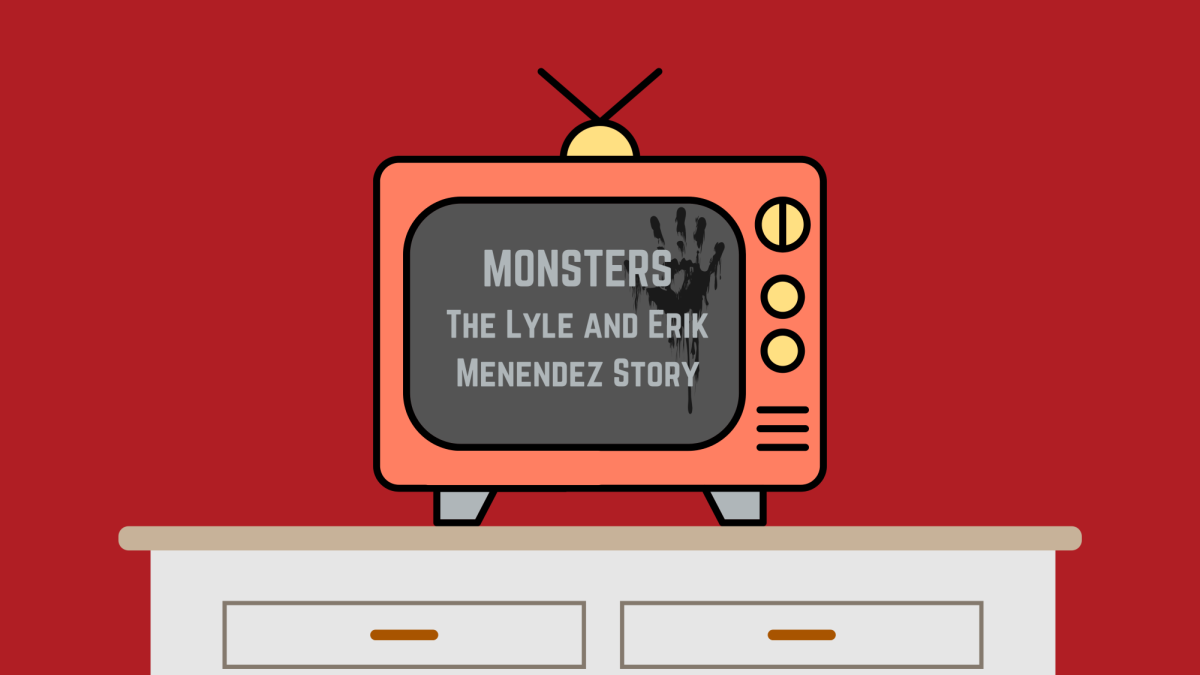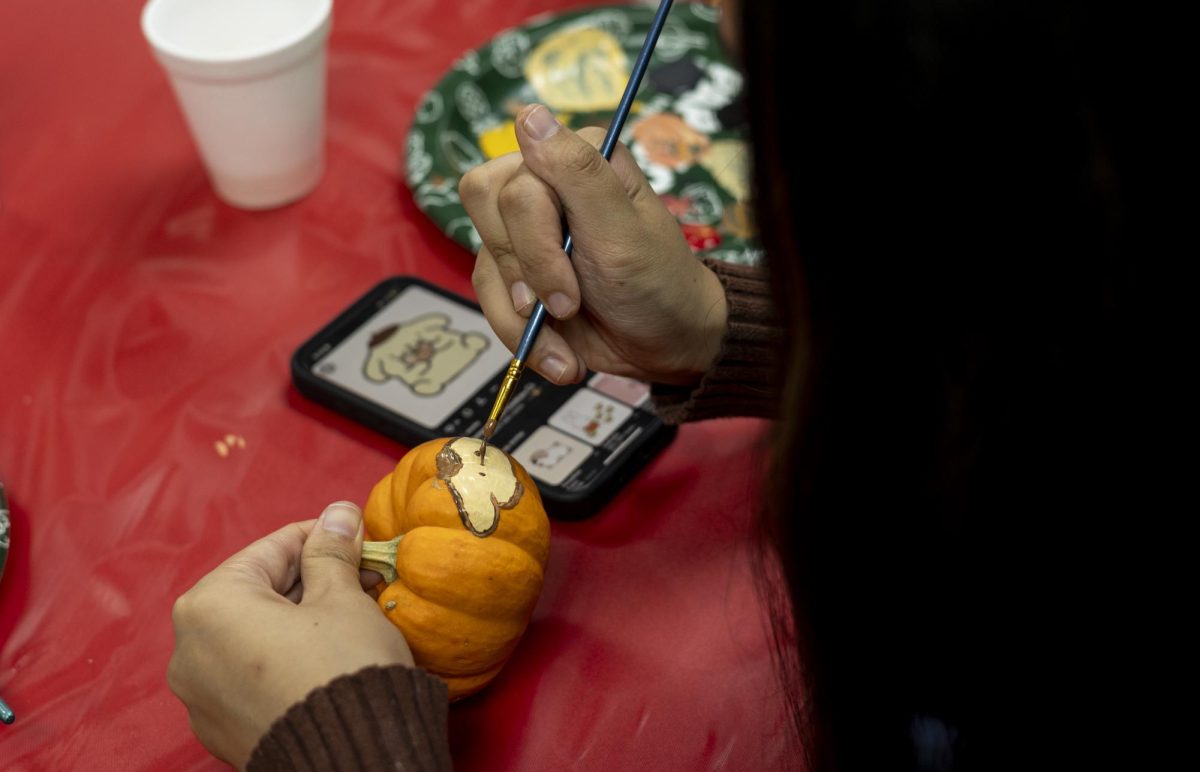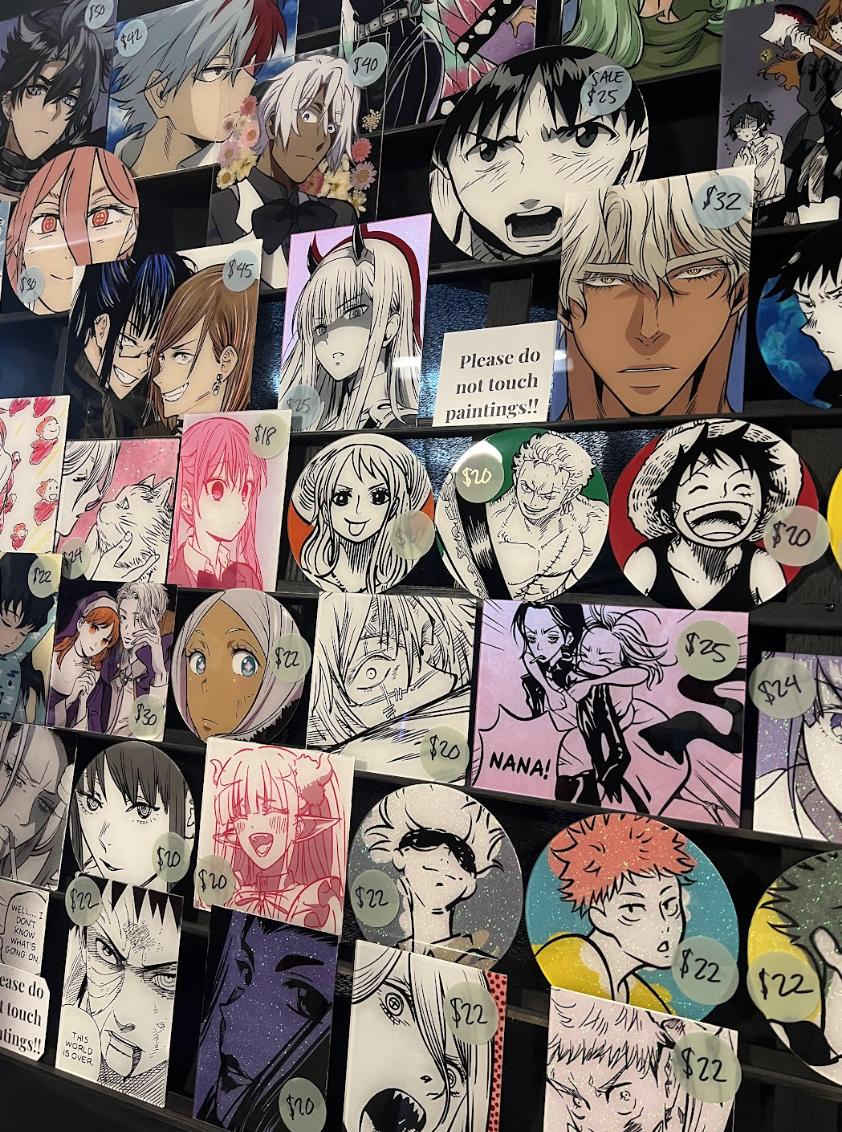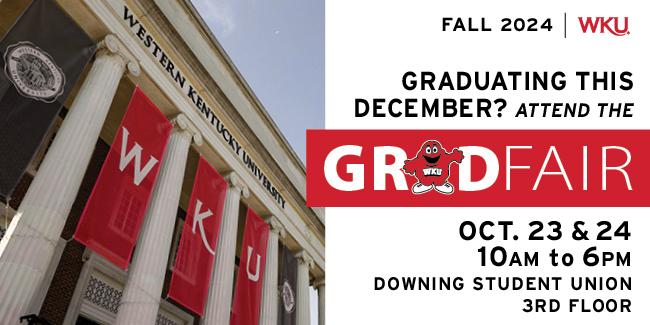Local artist works with community to build Stick Works
November 6, 2018
Three-and-a-half years ago, Kentucky Museum director Brent Bjorkman began the process of bringing global artist Patrick Dougherty to WKU. Today, Dougherty’s piece consisting of woven sticks stands tall outside the museum to inspire awe, nostalgia and connectivity.
Dougherty has been making similar pieces since the mid-80s, traveling across the country and the world. He has completed around 300 of what he called “Stick Works.”
“I started out knowing that I wanted to be a sculptor, so I went to school and decided that I would use sticks for my art,” Dougherty said.
Dougherty said his inspiration to use sticks came from the amount of cultures, both past and present, that use saplings as material. He said weavers use the saplings to create things everyday, and he knew he could, too.
“Basically, artists just start doing things and then make up the reasons for it later,” Dougherty said with a laugh.
Stick Works projects take about three weeks to construct, and Dougherty works on 10 pieces a year. However, the planning process takes far longer than three weeks.
Due to his rising popularity, organizations that want Dougherty to come to their town must get on a wait list that can be about two-to-three years long.
Bjorkman presented the idea as part of the Kentucky Museum’s Cultural Enhancement Series and was given the go-ahead about three and a half years ago.
Bjorkman got WKU on Dougherty’s waitlist and began the planning process. The preparations for the building of the piece itself required a lot of forethought.
“It’s been this Herculean effort to have all these different aspects and people involved, but that’s what I feel is going to make this a sustainable and prideful thing,” Bjorkman said. “Someone can say that they worked on the Tuesday of the second week and did that spot, or that they worked on the roof, or that they stripped a lot of leaves for the sticks that were used.”
After about two years of planning and coordination, Dougherty made his way to WKU.
The process began with two days at a local farm, collecting sticks from native Kentuckian trees. Bjorkman said this was a long process, but the students, staff, faculty and Bowling Green residents that pitched in had a great time.
“We got a lot of sticks and stripped a lot of leaves, but you could really see how everyone was getting into it,” Bjorkman said.
After the materials were gathered, Dougherty and a variety of helpers from all ages and connections to WKU began working on assembling the piece itself.
Dougherty set parameters and guidelines, and had volunteers filling in spaces. With Dougherty’s guidance, volunteers were able to do their own work and coordinate with other people to complete sections of the piece.
“People working with me is the way I survive,” Dougherty said. “I enjoy that, and that’s what a lot of the interest is.”
Dougherty said the people involved with the projects are the ones to sustain what is built, and they are the reason he builds.
“Each person that talks to us and helps us a little bit gets drawn in and is able to represent it,” Dougherty said. “They become a part of it. It adds to the interest of the work and it also encourages me as an artist to do my best, because we have real people that are there with us.”
Dougherty, who set parameters but mostly designed as he went, modeled the piece after gatehouses and titled it, “Highbrow.”
“You can deserve highbrow or you can aspire to it,” he said. “Some people use the words disparagingly because people are reaching for something not quite there.”
Dougherty said the materials he uses can be an example of highbrow because they “are kind of lowly materials but are reaching up and aspiring to a higher level.”
Bjorkman said the materials, though just sticks, have been put together to create something that can spark emotion. For him, the structure brings back childhood memories.
“It’s sort of a Dr. Seuss-ian structure,” Bjorkman said. “When I’m there, I’m a kid again. It takes me back to when I was building forts. It transports me back to making something out of found objects, like cut twigs.”
The structure’s value and influence reach far beyond the initial emotions it causes. Students from art, architecture, math and various other classes have used the piece in their studies.
Tim Frandy, assistant professor of folk studies, took his vernacular architecture students to see and document the project, which they are directly applying to what they are learning in class.
“Students worked to document the construction of the Stickwork installation, including the harvest and processing of the materials, the construction of the exhibit, the stories of Patrick Dougherty’s work on other Stickwork installations, and the way that people interact with this somewhat fantastical built environment after it’s built,” Frandy said in an email.
Frandy’s students are using this information to create a website that tells the story of Dougherty’s time at WKU.
“Though this isn’t the classic stuff of vernacular architectural studies, part of the power of Patrick’s work is how it recalls and deviates from our everyday interactions with the buildings we live and work in,” Frandy said.
Kristina Arnold, head of the art department, also worked with Dougherty on the project and found it to have a profound impact on the WKU community.
“As a community of makers, we learned from each other, creating a project that, thanks to Patrick’s vision and direction, will stand for years as a monument to our collaborative commitment to creating an connected and arts-engaged community,” Arnold said.
Dougherty said the community that came together to create Highbrow was incredibly welcoming to him.
“We had a lot of help from people from different avenues of life,” Dougherty said. “I got to meet a lot of people from the art department, grounds department, residents, students.”
Bjorkman encouraged students to stop by and explore the piece.
“The more people that see and experience it, the more that the community grows,” Bjorkman said. “Highbrow will truly become part of the campus and our community.”
Features reporter Julie Sisler can be reached at 270-745-6291 and [email protected]. Follow Julie on social media at @julie_sisler.

